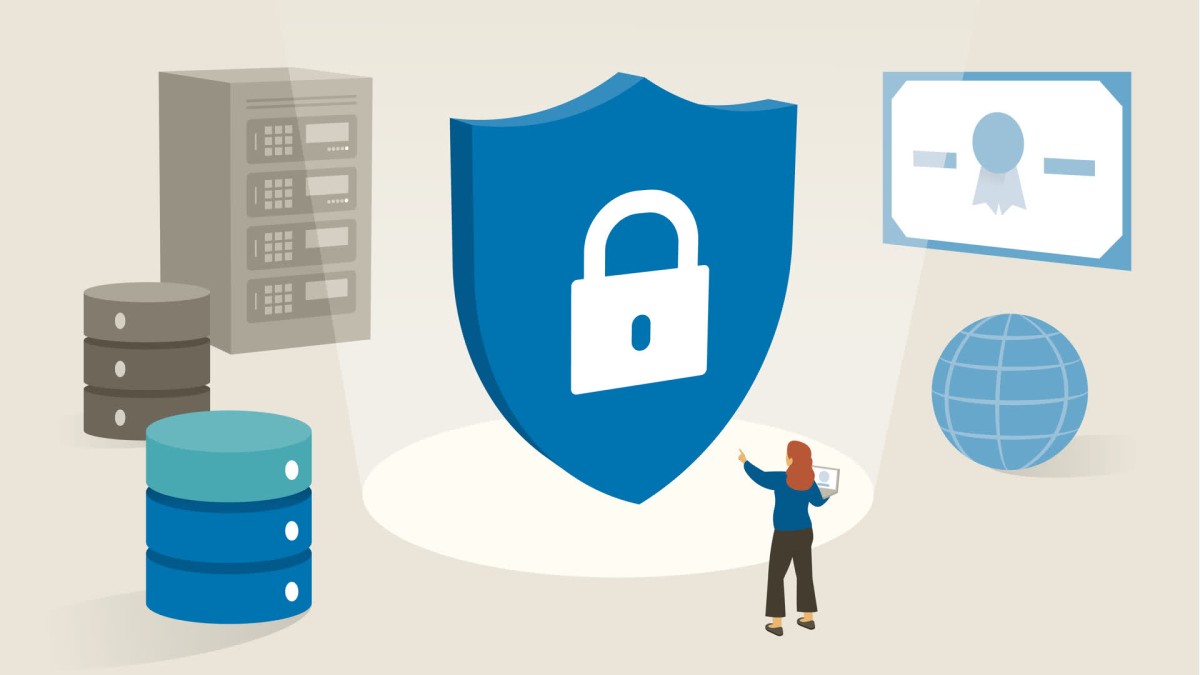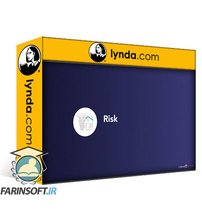در حال حاضر محصولی در سبد خرید شما وجود ندارد.

CompTIA Security+ is an entry-level certification that requires a thorough understanding of network and device security, risk mitigation strategies, compliance, and more. This course provides CompTIA Security+ candidates with essential information they need to prepare for the qualifying exam. Cybersecurity expert Mike Chapple first goes over some of the basics of the exam, then covers the six domains for the latest version of the exam, SY0-701. He shares study tips that can help you feel prepared to take and pass the test on your first try. Plus, learn where to find practice tests to get hands-on experience and how to keep your certification current by continuing your studies.
در این روش نیاز به افزودن محصول به سبد خرید و تکمیل اطلاعات نیست و شما پس از وارد کردن ایمیل خود و طی کردن مراحل پرداخت لینک های دریافت محصولات را در ایمیل خود دریافت خواهید کرد.


یادگیری مدرک بین المللی CISSP Cert Prep 2021 : توسعه نرم افزارهای امن

فیلم یادگیری CCSP Cert Prep 5 Cloud Security Operations
--The-Basics-main-resized.jpg)
یادگیری مدرک بین المللی CISSP Cert Prep 2021 : مبانی

کورس یادگیری کامل CIPP/US Cert Prep: 2 Private Sector Privacy

فیلم یادگیری CIPP/US Cert Prep: 5 State Privacy Laws

Certified Information Privacy Manager (CIPM) Cert Prep: 1 Privacy Program Development
-Cert-Prep-(2022)-4-Incident-Management-main-resized.jpg)
مجوز مدیر امنیت اطلاعات (CISM) CERT PREP (2022): 4 مدیریت حادثه

Certified Information Privacy Manager (CIPM) Cert Prep: 5 Privacy Operational Life Cycle: Sustain

کورس یادگیری کامل CIPP/US Cert Prep: The Basics

آشنایی با Tor and Dark Web – مرورگر تور و وب عمیق
✨ تا ۷۰% تخفیف با شارژ کیف پول 🎁
مشاهده پلن ها